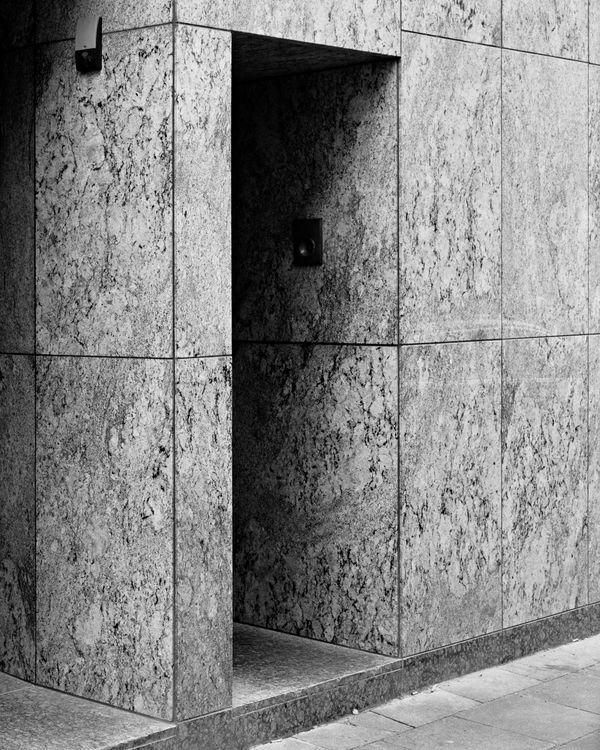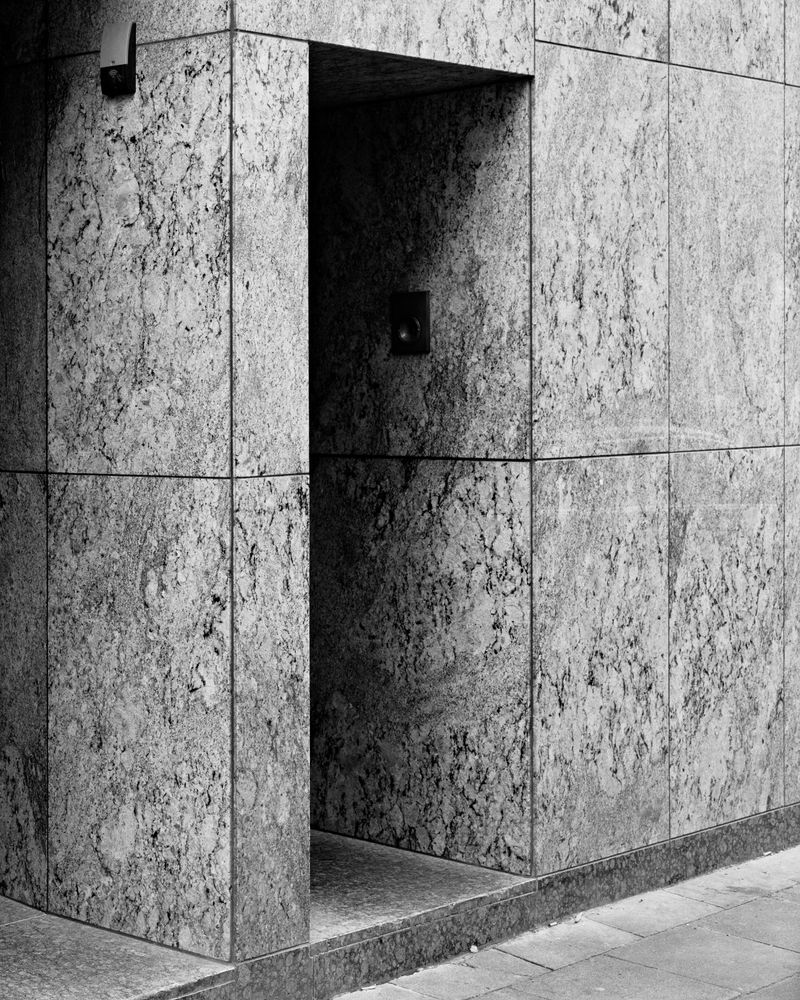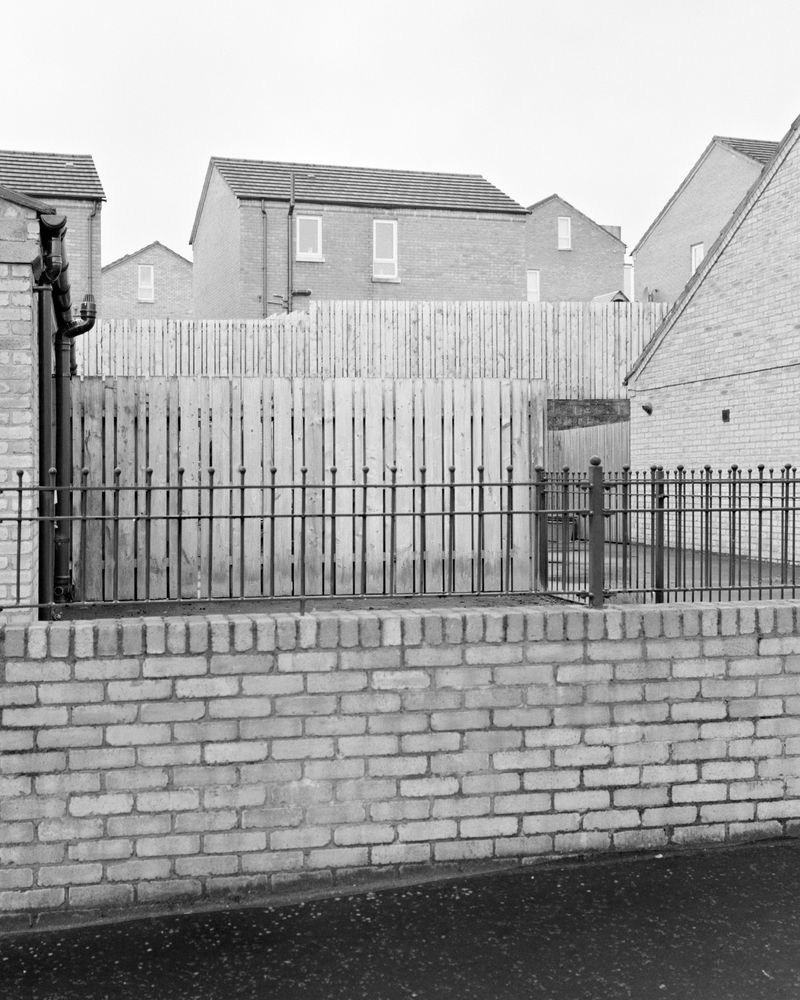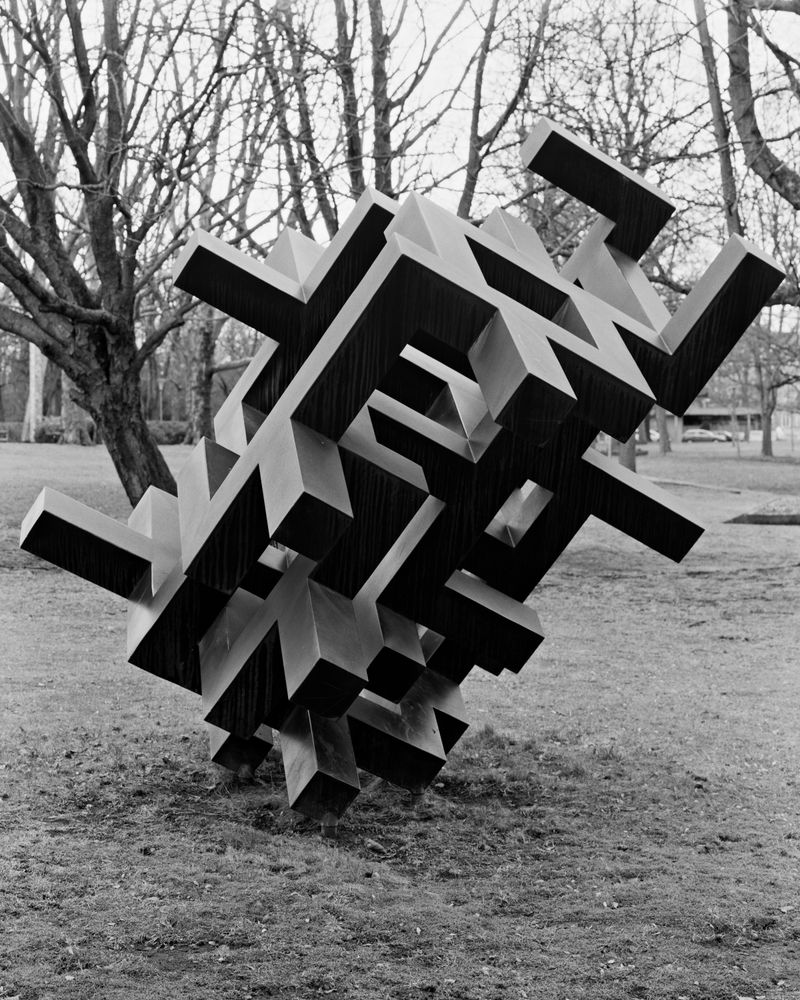Architectural Banality in Post-War European Cities
-
Published24 Oct 2019
-
Author
Travelling to a host of cities including Berlin, London, Budapest, Warsaw, Belfast, and Sarajevo, Bertrand Cavalier takes a look at the recent history in relation to urban landscapes, questioning their origins, the meaning behind them, and their effect on people.
Travelling to a host of cities including Berlin, London, Budapest, Warsaw, Belfast, and Sarajevo, Bertrand Cavalier takes a look at the recent history in relation to urban landscapes, questioning their origins, the meaning behind them, and their effect on people.
Brutalist architecture finds its origin in post-war necessities. Entire cities had been destroyed, leaving large communities in need of affordable housing, and Le Corbusier believed that the tower block was the most cost-efficient solution for rehousing the masses that had been displaced during the war. He also saw his béton-brut concrete buildings as “a magisterial work of architecture, the product of rigour, grandeur, nobility, happiness, and elegance”. The following decades would see his utopia undermined.
“I found it interesting that social housing had its origins in the consequences of war”, visual artist Bertrand Cavalier says. Influenced by W.G. Sebald’s On the Natural History of Destruction – a book that addresses the occultation in German society and literature, of the massive destruction of the country - Cavalier studied people’s interaction with ordinary urban landscapes. “I wanted to see for myself what a city like Cologne, which had been largely destroyed during the war, looked like today, less than a century after being nearly entirely erased”, Cavalier explains. As a starting point, he turned his attention to brutalist architecture for its symbolic meaning of post-war trauma.
© Bertrand Cavalier, from the series Concrete Doesn't Burn
Straight volumes, cheap materials, massive structures, and simple design have become familiar urban features. Yet, what is its effect on the people who see it everyday? How much more than what we think does a space as banal as a concrete tower carry? What don’t we see in these structures that they nonetheless reflect? Those are questions Cavalier is willing to raise.
“I focused on the banality of space,'' he explains. With post-war as a discrete thread, Cavalier visited several cities in Europe, each unraveling a different history. “In Belfast, the conflict is still noticeable, palpable in different forms of defensive architecture. In Sarajevo, that’s yet another trauma,” he recounts. Hints of the history appear by touches in his photographs, subtly, open to interpretation, and to what the viewer sees, or not. In a photograph of an abstract, steel sculpture for example, one can see the pattern of a swastika repeating itself in a square spiral. “I am interested in the ambiguity of such images. For me, this sculpture shows how post-war architecture has influenced public art, which itself has an impact on the people who see it on a daily basis.”
© Bertrand Cavalier, from the series Concrete Doesn't Burn
“I’m interested in the way in which people project themselves in a space whose foundations lay on a past conflict”, Cavalier says. To straightforward photographs of architecture, distilling the same coldness as their subject and hinting at the context, he thus adds portraits of youth. In close-ups or from a distance, they distill a psychological atmosphere and question about the future. “My images are open to various interpretations. They depict familiar contexts so they don’t need detailed captions”, he adds. “I’m not trying to draw conclusions but to ask questions and give context. I think that we need to ask ourselves questions about Europe, about the history unraveling in front of our eyes now.”
--------------
Bertrand Cavalier is an artist living and working in Brussels, Belgium. His work investigates how political upheaval becomes visible in the urban landscape and how this affects the lives of the people who live in it. Follow him on PHmuseum and Instagram.
Laurence Cornet is a writer and curator based in Paris focusing on cultural and environmental issues. She is also the editorial director of Dysturb.
--------------
This article is part of our feature series Photo Kernel, which aims to give space to the best contemporary practitioners in our community. The word Kernel means the core, centre, or essence of an object, but it also refers to image processing.





